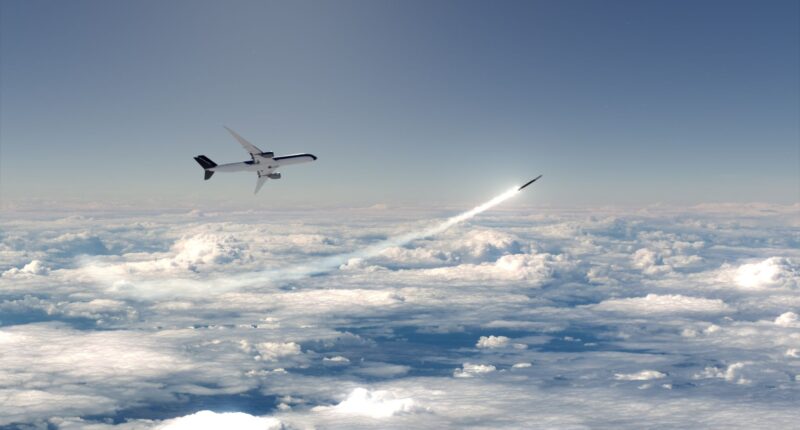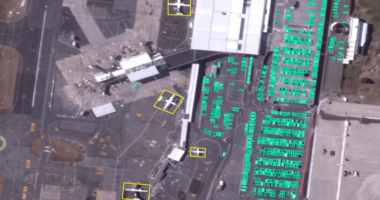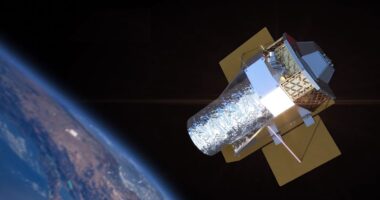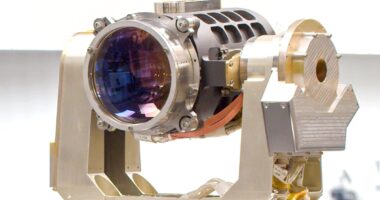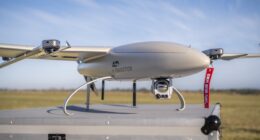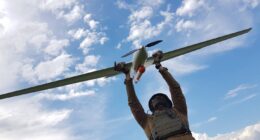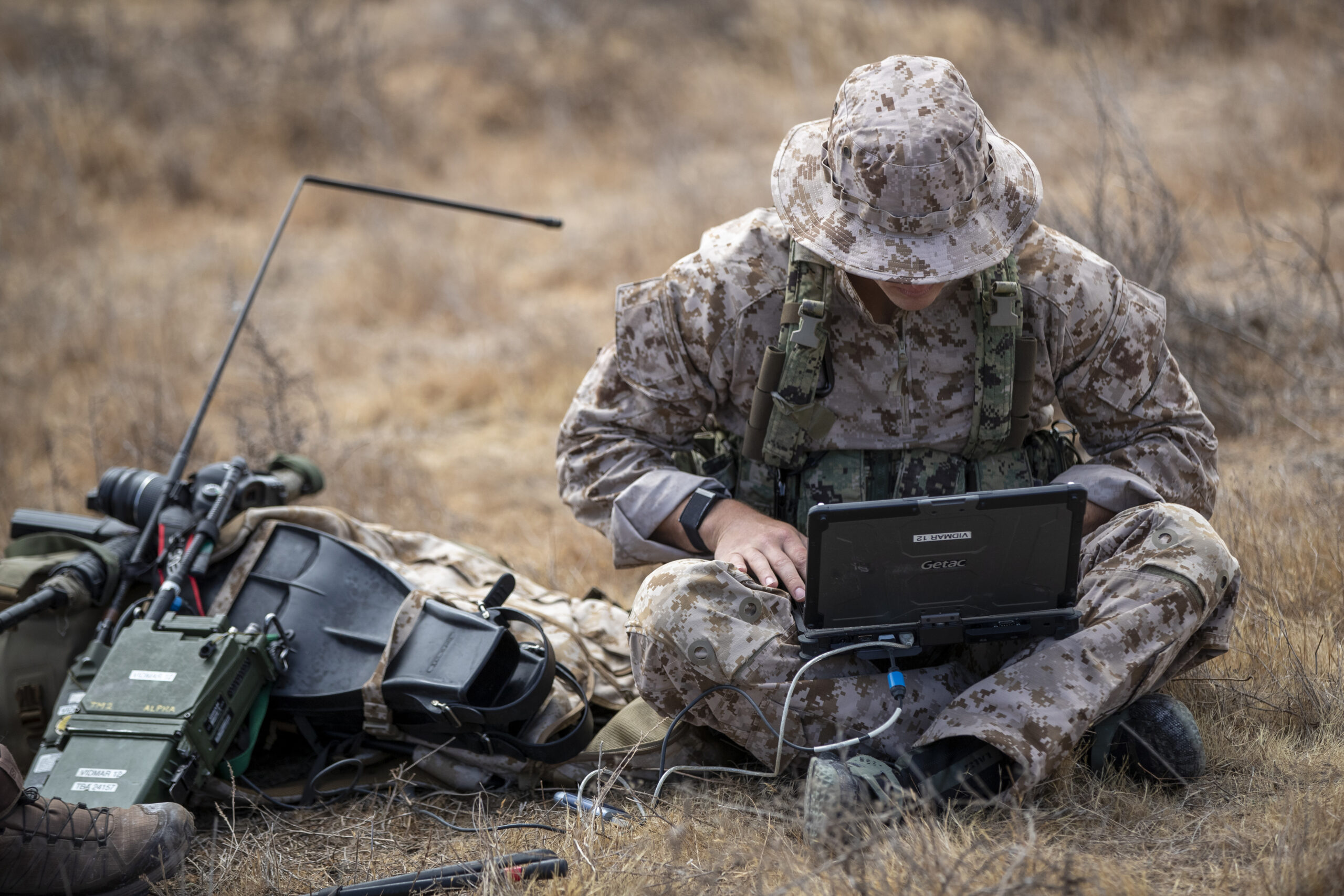The French Defense Innovation Agency (AID) has selected space defense startup Dark for a concept study on hostile space object interception in low-Earth orbit.
As part of the study, Dark will simulate all stages of space interception through a digital framework called Salazar.
“Developed internally, the Salazar simulation coordinates various digital models that retrace the operational sequence of Interceptor, from the ground preparation phase to interception, capture, and return of the object from orbit,” the Paris-based firm stated.
“Salazar not only provides future users with a vision of potential outcomes but also allows the adaptation of future technologies based on this feedback.”
Space Interception
AID will provide a virtual target featuring evasion or an alert system. In response, Dark will offer the best intervention scenario based on the target’s orbital parameters, including mission strategy, performance, and timing.
The interceptor system is reportedly a five-arm robot optimized for 1-metric ton objects at an altitude of 1,000 kilometers (620 miles) with a notice of 24 hours.
It will be launched from a modified commercial aircraft, just below the target’s orbit, Dark co-founder and CEO Clyde Laheyne told Aviation Week.
The system will position itself relative to the target with the help of its sensors, which include an in-house radar, a lidar (Light Detection and Ranging) system, and an optic sensor.
One of the arms will be used for interception and the other four for seizure and deceleration leading to atmospheric reentry, Aviation Week wrote.
Space Weaponization
Dark has already conducted an emergency interception study for the French Space Agency, simulating the targeting of space debris.
It comes amid the increasing threat of space weaponization by world powers, marked by Russia testing an anti-satellite missile in 2021.
A Russian satellite was destroyed as part of the test, letting loose a cloud of debris that forced the International Space Station’s crew to take evasive action.
The latest French study will help the AID assess space interception capabilities for the requirements of low Earth orbit operations beyond 2030.
It will “also test the feasibility of transferring and maneuvering payloads in orbit, thus contributing to missions to characterize critical situations as well as to surveillance and response operations in the face of possible attempts at space interference,” the French agency explained.
